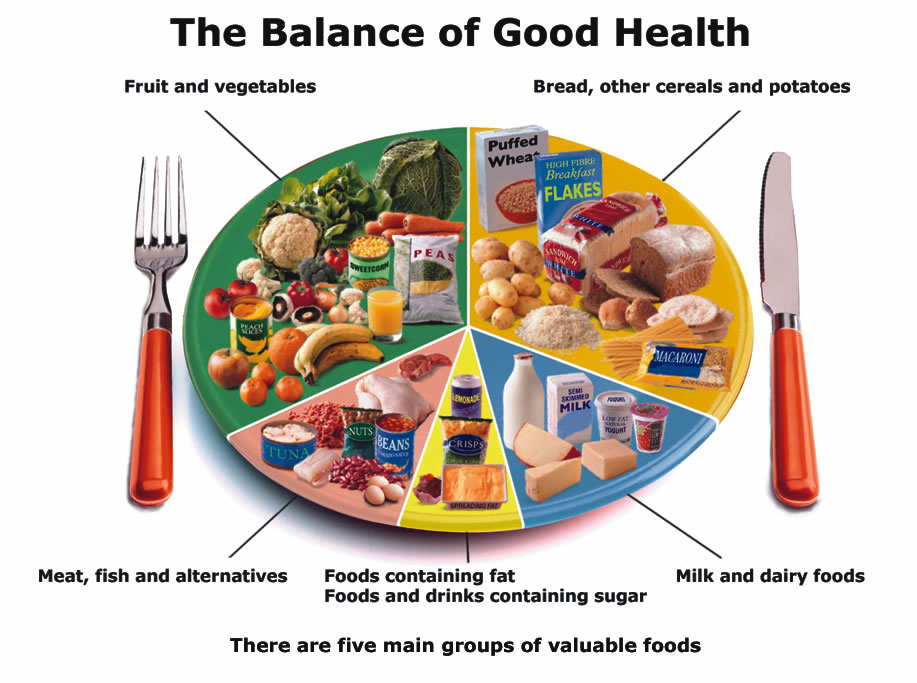Weight Concern recommends that you concentrate on changing one aspect of your eating at a time.
We recommend a 3-step eating approach:
Eating regularly will mean that:
Here are some comments that some people have made as to why eating regularly is difficult:
"I have a hectic work schedule which doesn't allow me time for lunch"
"I leave the house very early in the morning, which means I never have time for breakfast"
"I never feel hungry at breakfast time"
Our bodies need a variety of nutrients in order to be healthy and function properly. Unfortunately no single food can provide us with all the nutrients that we need, so we have to eat a variety of foods.
Our bodies need some foods in larger amounts than others. This means that no food is banned, but we need to be careful about the amount we eat of each food.
The Balance of Good Health represents the types of foods and the proportions in which to eat them in order to achieve a healthy, balanced diet. The foods we eat are divided into five food groups. The model below illustrates the five food groups and proportions of each of the foods required for a healthy diet.
The basic message is:

In order to lose weight, you will need to look at the amount of food that you are eating and think about cutting down the portions of food that you eat. This may sound simple but larger portions contain more calories and will cause your weight to increase. Look at the equation below:

In this step we will provide you with information about how much food you can eat from each food group and examples of amounts to eat.
When you first start to look at reducing your portion sizes, you may find it helpful to weigh out the unit sizes we recommend. This will help you to learn how much you can eat.
With certain foods, such as the fruits and vegetables and cereal based products, you may be surprised about the amount that you can have.
The words 'portion' and 'serving' mean different things to different people. This often results in a great deal of confusion, particularly for you, when you are deciding how much you can eat of a particular food.
Portion: part, share or helping
Serving: single portion/amount of food taken at a meal
Portion: "A portion is either a division of a package as a whole, e.g. half a quiche, a sausage, a sixth of a cake, two biscuit, or a complete package"
Serving: "A quantified serving is a measured amount, which may or may not be a division of the whole package, e.g. x oz of cheese, a …. Spoon (yml) of mayonnaise"
A serving is an amount of food used together with the number of those servings that should provide the daily total of food from each of the food groups.
Weight Concern's self help programme, 'Shape-Up' contains detailed guidance on following the three step healthy eating and activity plans.